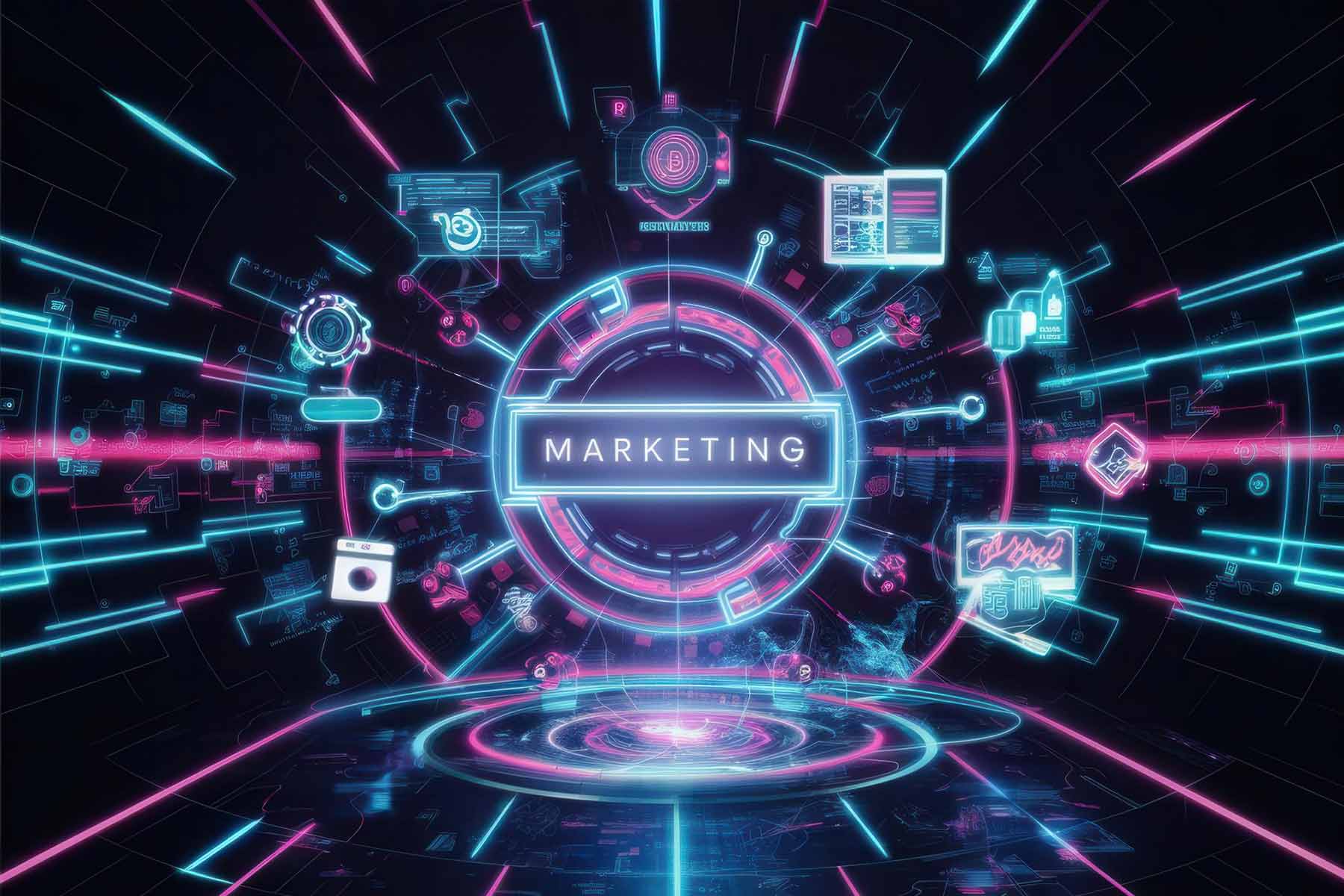Which Is Better: Email Automation or Direct Mail?
Imagine you’re running a fast-growing business, and your marketing team is trying to decide between doubling down on automated emails or exploring direct mail campaigns. The stakes are high, budgets are tight, and every channel must earn its keep. You’ve had some success with email automation—open rates are decent, click-throughs steady. But then your team sends a series of personalized postcards, and the phones start ringing. Suddenly, the “old school” method feels surprisingly fresh. So which is better: email automation or direct mail?
In today’s digital-first world, it may seem like email reigns supreme. But direct mail has quietly evolved. Thanks to advanced data and automation tools, it’s no longer about mass-mailing flyers; it’s about sending highly targeted, personalized, and timely mail that complements your digital efforts. The real question isn’t which channel wins—it’s how you can combine both effectively. In this article, we’ll break down the strengths and weaknesses of each channel, share relevant stats, and explore how companies like MailX2 are helping businesses get the best of both worlds.
What Is Email Automation?
Email automation refers to the use of technology to send pre-written, personalized emails to leads or customers based on specific triggers or timelines. These might include:
- Welcome series
- Abandoned cart emails
- Re-engagement flows
- Product recommendations
- Post-purchase follow-ups
Email automation is often powered by CRMs or marketing platforms like Mailchimp, ActiveCampaign, or MailX2.
What Is Direct Mail Automation?
Direct mail automation involves sending physical marketing pieces—postcards, catalogs, letters—based on digital behavior or CRM triggers. With modern platforms like MailX2, you can:
- Send a personalized postcard when someone abandons a cart
- Mail a thank-you note after purchase
- Trigger mail based on form fills, page views, or inactivity
It’s fast, personalized, and fully automated.
Email Automation: Pros and Cons
Pros:
- Low cost: Send thousands of emails for pennies.
- Speed: Real-time delivery.
- Scalability: Easily build complex workflows.
- Analytics: Open rates, CTRs, conversions are measurable.
Cons:
- Saturation: Inbox fatigue is real. The average office worker receives over 120 emails daily (Radicati).
- Spam filters: Deliverability issues can tank performance.
- Low engagement: Average email open rate is ~21.5%; click-through rate is 2.6% (Campaign Monitor).
- Short lifespan: Most emails are ignored or deleted within minutes.
Direct Mail: Pros and Cons
Pros:
- High engagement: 42.2% of recipients read or scan direct mail (USPS).
- Less competition: Mailboxes aren’t nearly as crowded as inboxes.
- Tangible impact: Physical mail is memorable and evokes emotion.
- Longer lifespan: Mail often sits in the home or office for days.
- Boosts digital results: Direct mail + email = 118% higher response rate (ANA/DMA).
Cons:
- Higher cost: Printing and postage increase costs.
- Slower delivery: Can take 2-5 days to arrive.
- Less trackable (unless integrated): Attribution can be tricky without QR codes, PURLs, or tracking tools.
Head-to-Head Comparison
| Feature | Email Automation | Direct Mail Automation |
|---|---|---|
| Cost | Low | Medium to High |
| Speed | Immediate | 2-5 Days |
| Personalization | High | High (with variable data printing) |
| Engagement | Low (~20%) | High (~42%) |
| Retention | Short-lived | Lasts longer in memory |
| Competition | High (inbox saturation) | Low (less mailbox clutter) |
| Trust Factor | Medium | High (tangible = credible) |
| ROI (median) | 36:1 (Litmus) | 29% (DMA) |
When to Use Email Automation
- Nurturing leads with drip campaigns
- Onboarding new customers
- Abandoned cart reminders
- Regular newsletters and promotions
- Event confirmations and reminders
When to Use Direct Mail
- Re-engaging cold leads
- Rewarding loyal customers
- Abandoned cart follow-up (paired with email)
- High-ticket product campaigns
- Local promotions or geo-targeted offers
The Power of Omnichannel: Why You Should Combine Both
While email and direct mail each have their strengths, using them together delivers better results. According to the Data & Marketing Association:
- Campaigns that use both direct mail and email see a 35% higher customer retention rate.
- Multi-channel campaigns have a 28% higher conversion rate than single-channel efforts.
Using tools like MailX2, you can automatically trigger both email and direct mail based on user behavior. For example:
- A user visits your site but doesn’t buy.
- They get an email 1 hour later with a promo code.
- Two days later, they receive a postcard reminding them of the offer.
- The postcard includes a QR code to bring them back to the site.
This seamless follow-up not only increases recall but also creates a consistent customer experience.
Data-Driven Results
- Average open rate: 21.5%
- Click-through rate: 2.6%
- Conversion rate: 1-2%
Direct Mail
- Open/read rate: 42.2%
- Response rate (house list): 9%
- Response rate (prospect list): 4.9%
- Return on investment: 29% (DMA)
Combining the two leads to response rates up to 118% higher than email-only campaigns (ANA).
MailX2: Best of Both Worlds
MailX2 is designed for modern marketers who want powerful, fully automated multi-channel marketing without the complexity. It allows you to:
- Detect anonymous website visitors
- Trigger email follow-ups within minutes
- Send direct mail to leads who disengage online
- Personalize every touchpoint
- Track performance across both channels
For SMBs and agencies, MailX2 offers a plug-and-play solution that scales effortlessly and delivers measurable ROI.
Best Practices for Both Channels
For Email:
- Use strong subject lines
- Personalize content
- Segment your audience
- Test send times and content formats
- Avoid spammy language
For Direct Mail:
- Use variable data for personalization
- Include QR codes or PURLs
- Keep messaging clear and concise
- Design for impact and brand recognition
- Always include a CTA
Real-World Use Cases
Use Case 1: Abandoned Cart Recovery
- Email 1: Sent within 1 hour, reminder with product image
- Direct Mail: Sent within 48 hours via MailX2 with exclusive discount
- Result: 40% lift in recovered carts
Use Case 2: Re-Engagement
- Email: Series of 3 re-engagement emails
- Direct Mail: Postcard with personalized offer
- Result: 25% of cold leads reactivated
Use Case 3: New Product Launch
- Email: Announcement and feature highlights
- Direct Mail: Premium mailer with promo code
- Result: Higher initial conversions and more social sharing
Common Mistakes to Avoid
- Relying on one channel only
- Not personalizing messages
- Sending generic or mass-produced direct mail
- Ignoring timing (delay between email and mail matters)
- Not measuring results and ROI
Tips to Maximize Results
- Align messaging across both channels
- Use behavioral triggers for timing
- Send mail within 48 hours of digital interaction
- Use urgency (limited-time offers)
- Split test creative and CTAs
Final Verdict
So, is email automation better than direct mail? The answer isn’t either/or—it’s both. Email offers speed, scale, and low cost. Direct mail offers impact, credibility, and memorability. When combined strategically, these channels complement each other perfectly.
By using a platform like MailX2, you don’t have to choose. You can set up intelligent workflows that trigger both email and mail based on real user behavior—maximizing reach, relevance, and return on investment. So before you pick a side in the email vs. direct mail debate, ask yourself: why not use both to their full potential?





